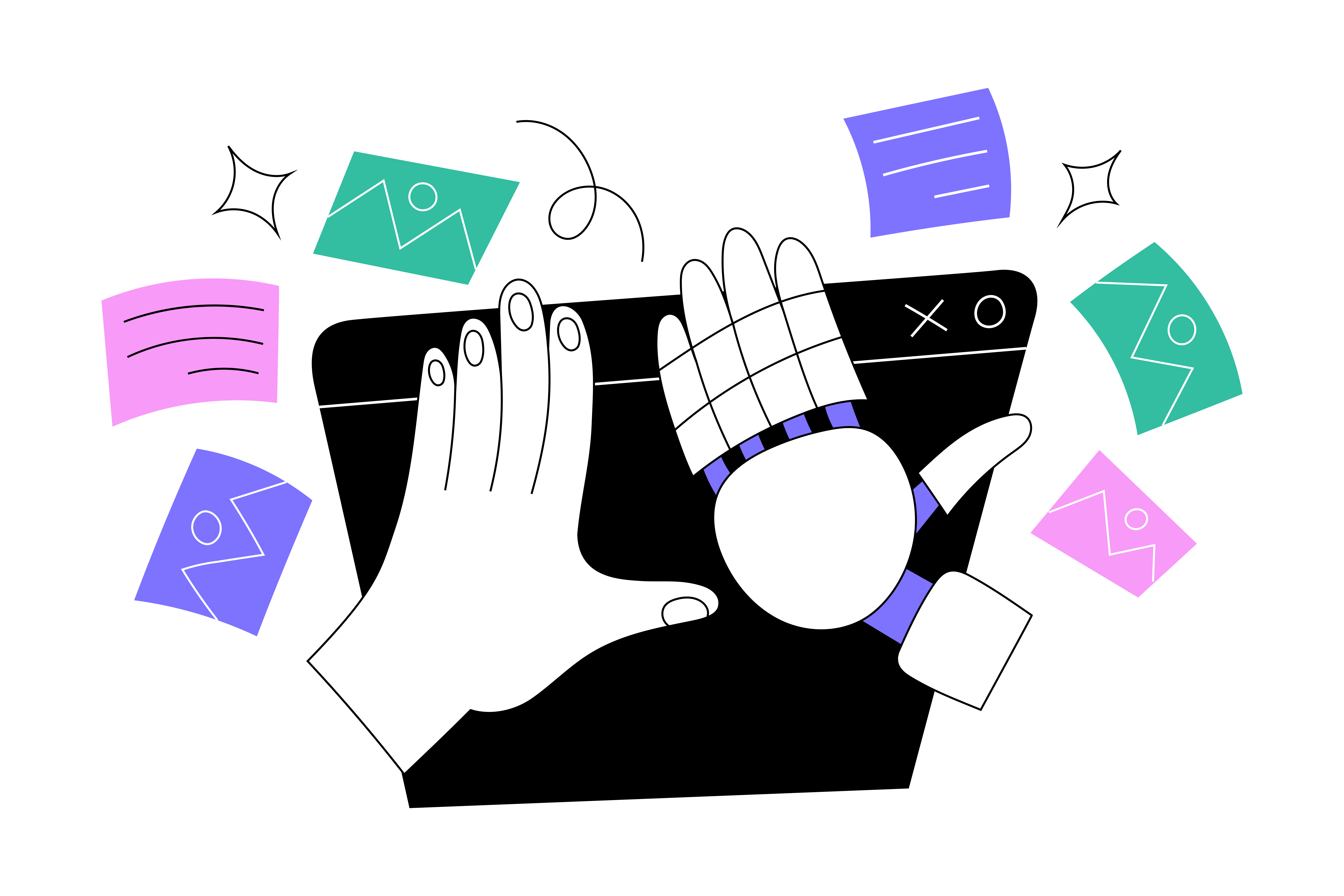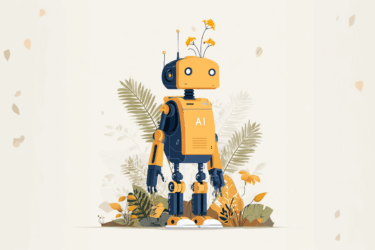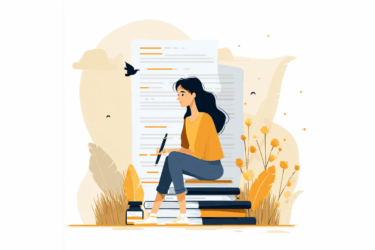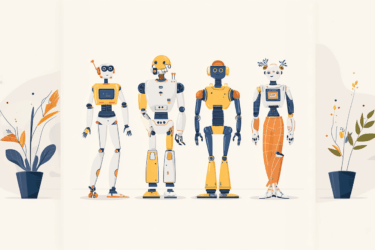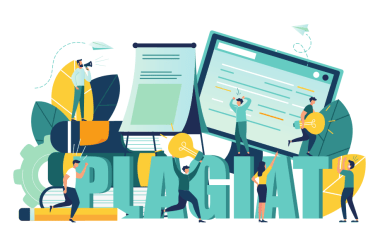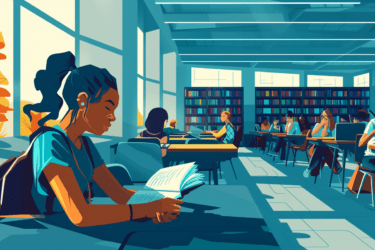We all know plagiarism is bad. Copying without crediting or passing someone’s work for your own is unacceptable in academic domain, research, learning, and creative writing. It can be considered, at the very least, an ethics violation, if not a felony. But what will the plagiarism detector say if we ask an AI to generate a text for us from scratch?
Theoretically, an originality checker can even show an acceptable result (still not excluding the cases when the tool detects a high percentage of plagiarism in AI-generated writing). However, even if your text is formally unique, it will still be defined as plagiarised. How so?
AI plagiarism – a new notion in writing
With all the amazing capabilities AI technologies offer, the temptation to cut corners in learning and writing has grown tremendously. However, new challenges arise with the new potentials: text-generating chatbot development brings new risks of violating the rules, so a whole new notion of AI plagiarism has emerged.
AI plagiarism is something the writing chatbots do while composing the texts. The thing is, the AI model does not create the texts but compilates them based on a vast number of existing resources. That is why the result can’t be called “original” per se. What is worse, you are often unaware of what resources have been used.
So, the short answer is “no”: one cannot generate a text that will be genuinely unique and contain no plagiarism using AI tools. But how can we incorporate AI technologies and avoid copying?
Tips and tricks on how to avoid plagiarism using AI
- Use AI as an adviser, not a writing tool. Consulting Chat GPT or Google Bard is an efficient way to find some facts rapidly. AI may even help to overcome writer’s block. Use these tools to empower your writing, not replace the writer.
- Conduct your research. AI processes the existing information, but only you can invoke a sparkle of creativity into the content piece. So, do your homework: study the sources and reflect on the ideas you get. You can ask Chat GPT for statistics or structure tips but not delegate the whole task.
- Fact-check everything. AI may be clever, but it relies on the information presented by humans. And humans do err. So, AI-generated texts can contain mistakes, both factological and stylistical or grammatical. Reread everything, double-check the numbers and facts in reputable sources, and don’t be shy to doubt machine writing – it is not the ultimate truth!
- Credit the sources. Provide proper attribution to all the ideas and facts you mention if they are not invented by you. Even if you used AI to answer your question, go the extra mile and look for the sources where these numbers or details were taken – and don’t forget to attribute them!
- Scan for plagiarism. The originality checking tool will find similarities in case your text is not unique. This way, you will see the parts you need to improve and feel confident publishing your work or submitting the assignment to the professor.
Last but not least. Don’t forget that tools to detect whether your text was composed by a machine or a human exist! So, your teacher, recruiter, or editor may find out you have involved AI, and even if you contributed to the writing, they may suspect the whole paper was written by Chat GPT, which is not always appreciated. So, consult AI carefully and moderately, and better trust your authentic ideas and explore them!
We are here to boost your creativity and confidence. PlagiarismCheck.org AI text checker detects similarities and scans for AI content traces, helping to ensure you present your writing at its best. Try it for free now!
